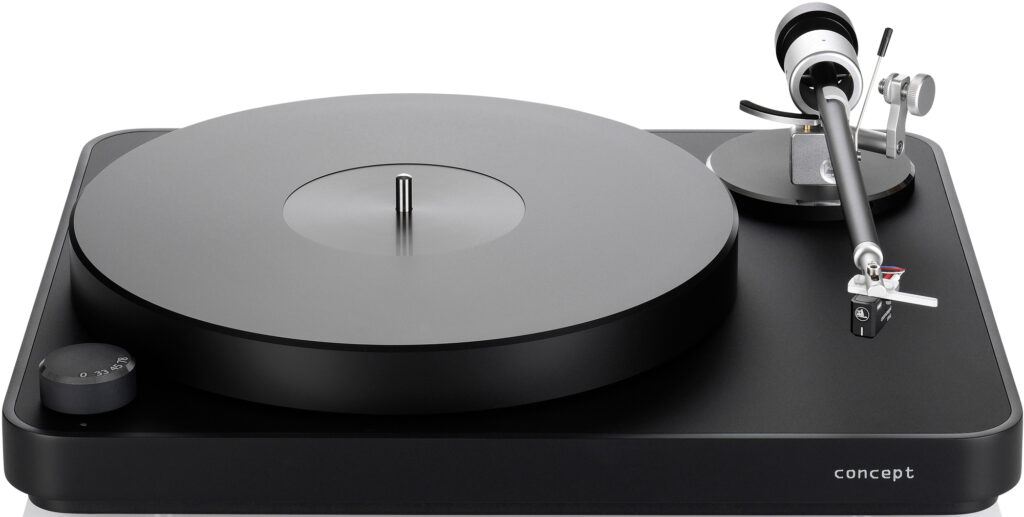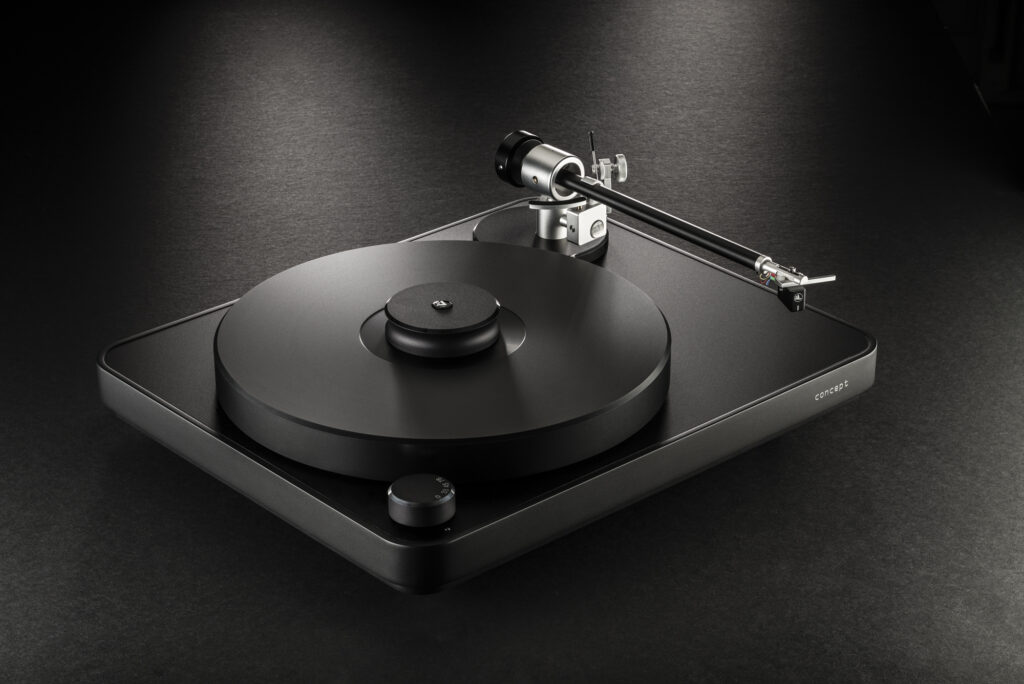Audiophile-class turntables have always been fairly expensive propositions from their heydays of the eighties to present, a tide that was reversed seemingly in the deep digital age of the new millennium. Large scale turntable manufacturers began to introduce products retailing in the low thousands of dollars, some even with a perceived promise of more advanced manufacturing and superior designs. Beginning at the turn of the century, many turned to China for its low-cost but efficient labor to keep manufacturing costs down. Retrospectively, I auditioned a few such turntables over the years and have yet to be impressed.
If you’ve never had a turntable system, is it too late for you to start? The crux to the high-end audio analog experience lies not in how much you have to shell out for a decent turntable system, because it’ll never be enough. Rather, this hobby is about striking a balance between getting the best system you can and doing it with fiscal responsibility. Do it for your own musical pleasure and not for bragging rights, and you’ll enjoy the fruits of your labor more fully.
Audiophile flagship turntables are fun but usually cost prohibitive, and fewer fellow audiophiles get to experience them. We will examine the fun and joy of budget systems.
Turntables equipped with moving-magnet RIAA equalization and even analog-to-digital conversion circuits abound today in the entry-level range, ideal for readers seeking casual and occasional vinyl experience. The price goes up and the choices narrow for readers seeking designs of superior materials and parts, at the same time also featuring a more universal tonearm for cartridge changes, as well as an open architecture for tonearm cable changes. Throw in a preference for a less industrial, more décor friendly or artsy appearance, and the choices become more obvious. The Clearaudio Concept turntable is one of a very few below $2,000 offering just these things.
The Clearaudio Concept Black turntable comes with a heavy, 30 mm thick CNC-machined POM (polyoxymethylene) platter similar to the one in the company’s $28,000 Master Innovation, which I reviewed in 2020. The Satisfy Kardan tonearm, otherwise known as the Satisfy Black in the states, is included in this packaging along with a mounted Clearaudio V2MM moving-magnet cartridge. The Concept Black’s rotational speed was slow upon unpacking, but adjustment via the rear trim pot brought it up to speed. The tonearm counterweight was packed separately. Once it was screwed onto the rear of the tonearm and a balance point was reached, I proceeded with adding tracking force to around 2 grams via the included Smart Stylus Force Gauge.
The turntable system was auditioned initially in the main system, comprising the Pass Laboratories Xs Phono, Xs Preamp, XA200.8 monoblocks, Sound Lab Majestic 645 electrostatic panels, A.R.T. cable system, and the PS Audio DirectStream Powerplant 20 power regenerator. Front corners of the room are treated with stacked and assorted ASC TubeTraps. Secondary auditioning took place in a nearfield setting comprising the Musical Surroundings Phonomena II+ phono stage and the Rogers LS 3/5a bookshelf speakers on Skylan SP-30 stands, driven by the $2,899 Wyred 4 Sound STI-1000 V2 class D integrated amplifier. The one-meter $3,750 Cardas Clear Beyond RCA cables, the one-meter $5,510 Clear Beyond speaker cables, and the company’s $1,499 Nautilus Power Strip complemented the Rogers-based system.
- (Page 1 of 2)
- Next page →







Much of what you say resonated with me. The key is not who spends the most money but he who spends what he has most wisely. Likewise, people often forget how important synergy is. I have experienced this first hand. Substituting a more expensive item does not necessarily guarantee better sound if it does not work in the context of your system. Anyway, a really good article.